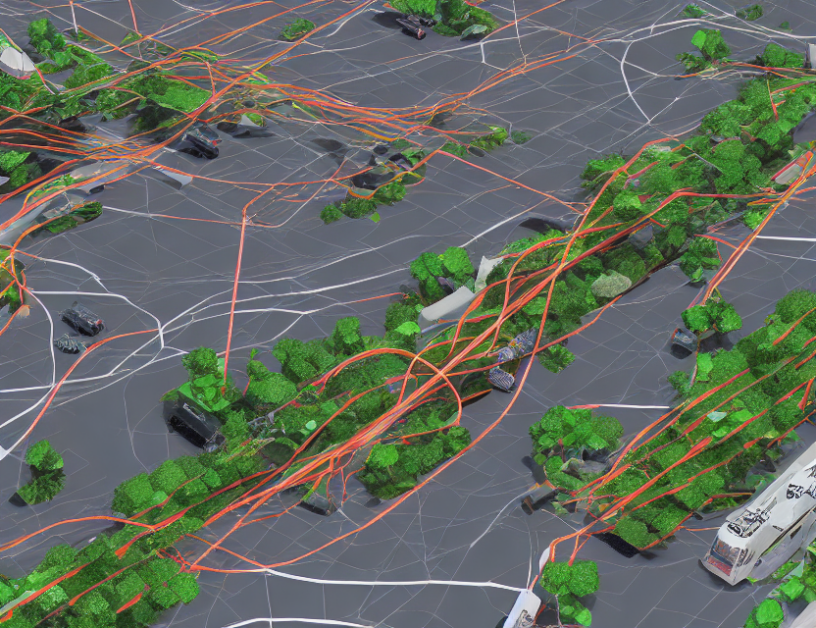In this article, we explore the importance of selecting the right range for a parameter called L in a machine learning model called GWN (Gated Graph Neural Network). The L parameter determines how much information the model should capture about long-term relationships between nodes in a graph.
Imagine you’re trying to build a map of a city. You want your map to show not just the individual buildings, but also the connections between them. Just like how you need to decide which roads to include on your map, L determines which connections to keep track of in your model.
The problem is that if you set L too small, you might miss important connections that could help you understand the city better. On the other hand, if you set L too large, you might include so many connections that it becomes hard to make sense of them all.
To solve this problem, we propose a new method for selecting the right value for L. Our approach is based on ablation studies (experiments where we remove different parts of the model to see how well it performs). We find that by adjusting L, we can strike a balance between capturing important connections and avoiding irrelevant ones.
In addition, we show that our method improves the model’s ability to capture long-term relationships by using smaller values of L. This means that our approach allows the model to focus on the most important information without getting bogged down in unnecessary details.
Overall, our work demonstrates the importance of carefully selecting the value of L in GWN models for effective long-term relational semantic modeling. By using ablation studies and focusing on the balance between capturing important connections and avoiding irrelevant ones, we can improve the performance of these models. This has significant implications for applications such as social network analysis, recommendation systems, and fraud detection.
Computer Science, Machine Learning
Adaptive Graph Neural Networks for Traffic Flow Forecasting with Improved Scalability and Robustness



